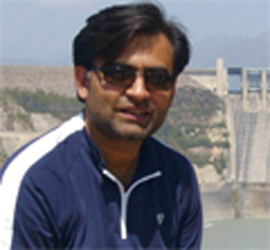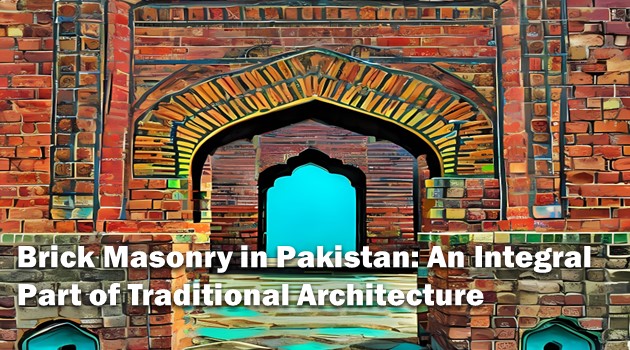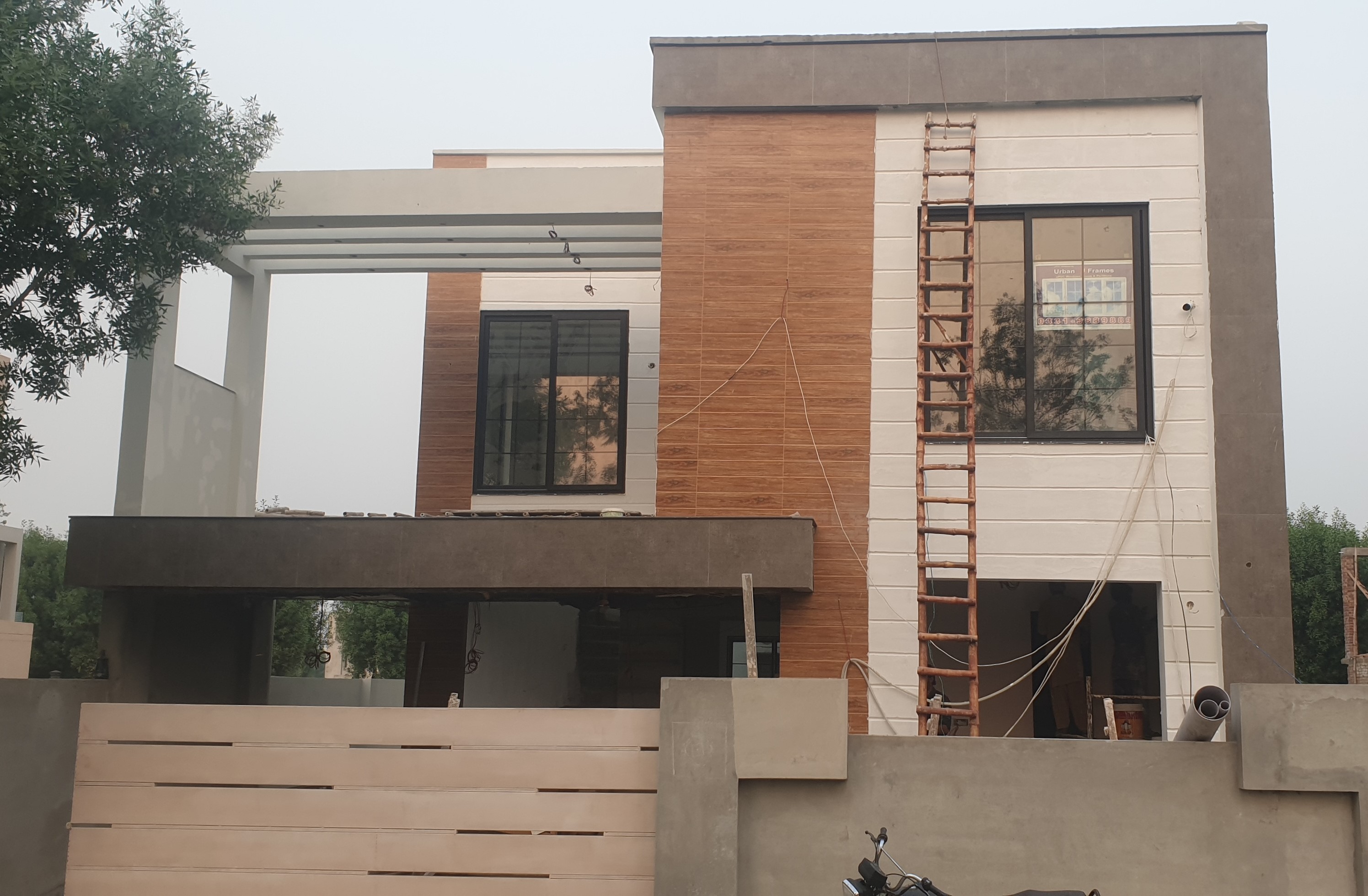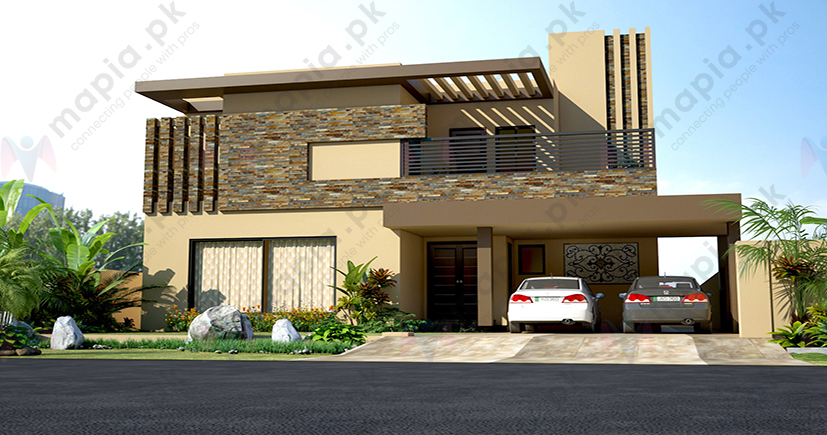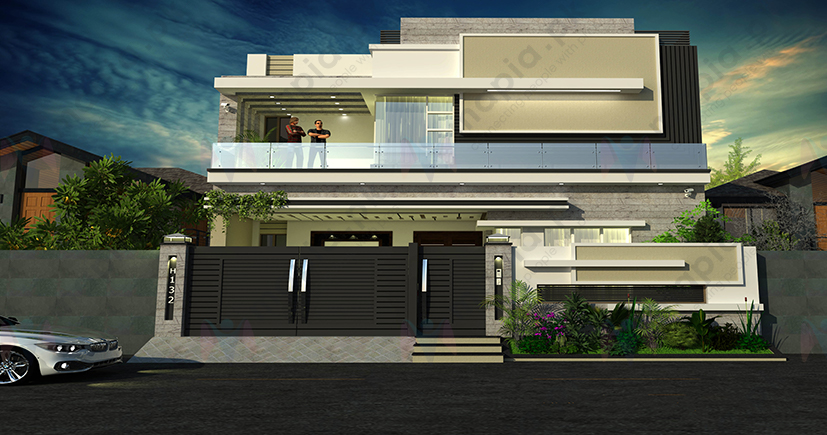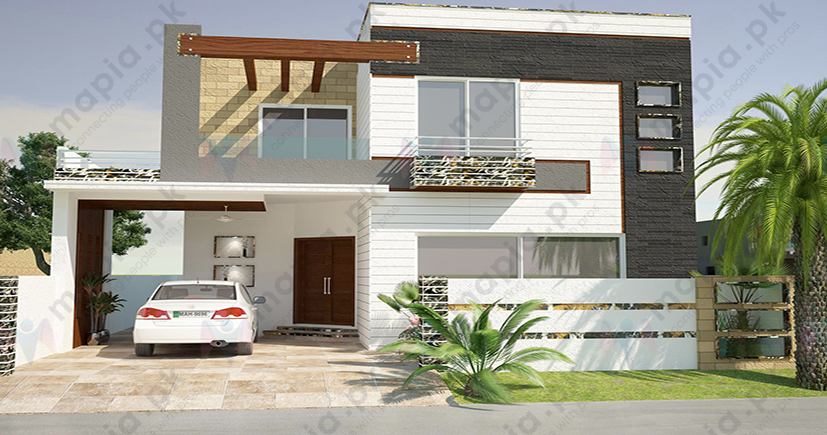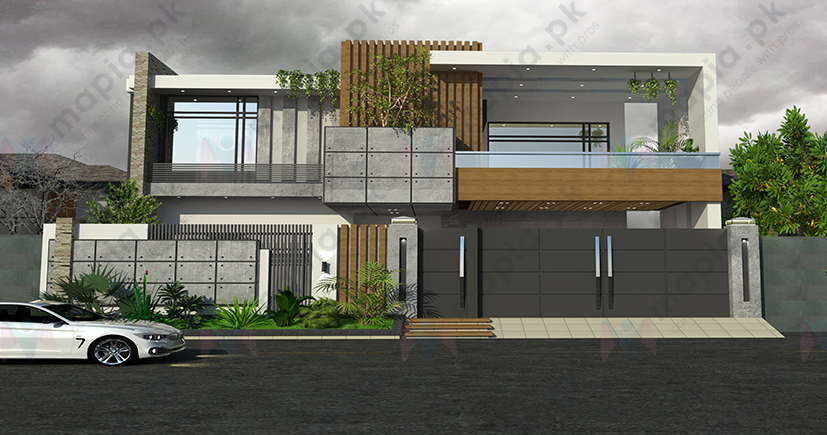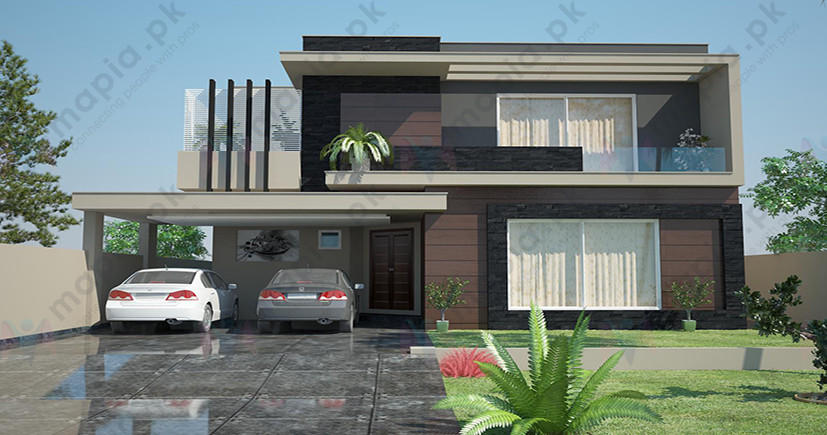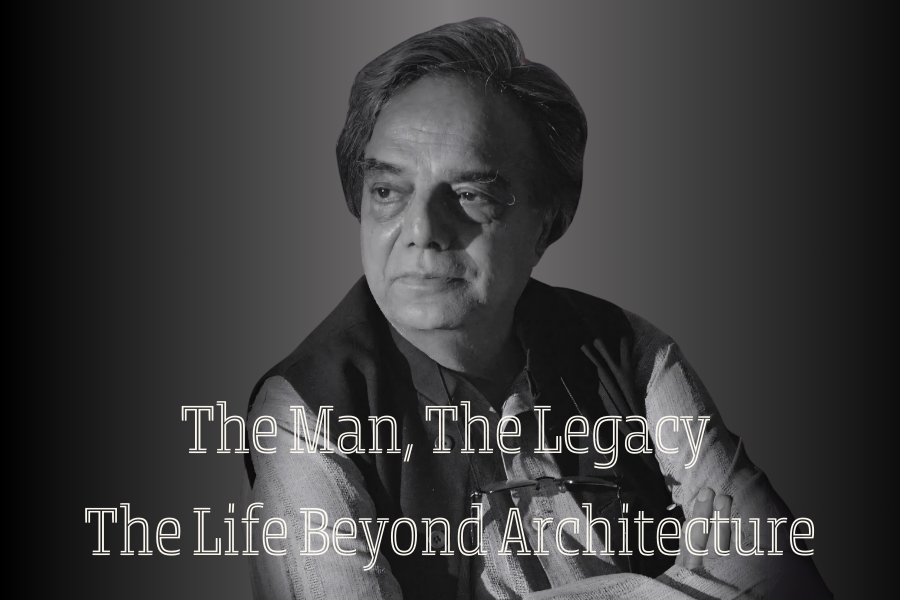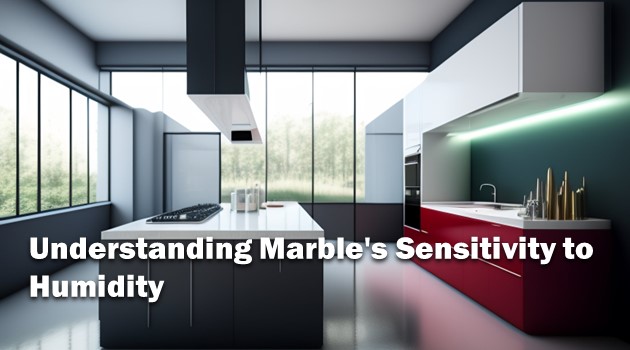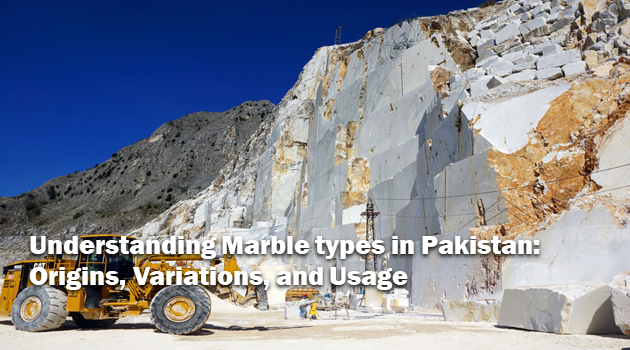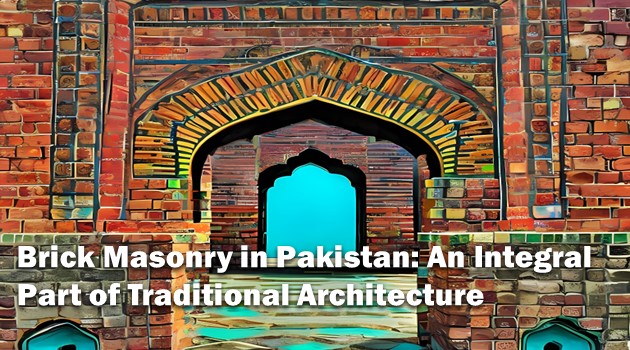
Brick Masonry in Pakistan: An Integral Part of Traditional Architecture
Brick masonry is an ancient technique that has been used for centuries in the construction of buildings all over the world. In Pakistan, brick masonry is an integral part of the country's traditional architecture. From the ancient ruins of Mohenjo-Daro to the modern-day cities, brick masonry has been a staple in Pakistan's building construction. In this article, we will explore the history, benefits, and importance of brick masonry in Pakistan's traditional architecture.
History of Brick Masonry in Pakistan
The use of brick masonry in Pakistan dates back to the Indus Valley Civilization, which existed from 2600 BCE to 1900 BCE. The ruins of Mohenjo-Daro, a city in the Indus Valley Civilization, are a testament to the use of brick masonry in ancient times. The city was built using kiln-fired bricks, which were laid in a grid pattern to create the city's buildings and streets. The bricks were made from locally available materials, such as clay, and were of a uniform size, which made them easy to stack.
During the Mughal Empire, which lasted from 1526 to 1857, brick masonry was further developed and refined. The Mughal architects were known for their elaborate use of brick masonry in the construction of palaces, forts, and mosques. The most famous example of Mughal brick masonry is the Badshahi Mosque in Lahore, which was built in 1673. The mosque is made entirely of red sandstone and brick, and its intricate designs and patterns are a testament to the skill and craftsmanship of the Mughal architects.
Benefits of Brick Masonry in Pakistan
One of the main benefits of brick masonry in Pakistan is its durability. The hot and dry climate of Pakistan can be harsh on building materials, but brick masonry is able to withstand the elements and last for centuries. Brick masonry is also fire-resistant, which is important in a country prone to wildfires.
Another benefit of brick masonry is its affordability. Brick is a locally available material and is relatively inexpensive compared to other building materials. This makes it a popular choice for builders in Pakistan, especially in rural areas where resources are limited.
Importance of Brick Masonry in Pakistan's Traditional Architecture
Brick masonry is an integral part of Pakistan's traditional architecture. The use of brick masonry in buildings has been passed down from generation to generation, and many buildings in Pakistan still use the same techniques and designs that were used centuries ago.
The use of brick masonry in Pakistan's traditional architecture has also contributed to the country's cultural identity. The intricate designs and patterns found in brick masonry are unique to Pakistan and have become synonymous with the country's architecture.
Furthermore, brick masonry is an environmentally friendly building material. Brick is made from natural materials and is recyclable. It is also energy-efficient, as it has a high thermal mass, which means it can store and release heat slowly, helping to regulate indoor temperatures and reduce energy costs.
Techniques Used in Brick Masonry
Brick masonry is a skilled craft that requires years of practice and experience to master. The techniques used in brick masonry in Pakistan vary depending on the type of bricks being used and the structure being built.
Brick masonry in Pakistan involves a variety of techniques, depending on the type of structure being built and the materials being used. One of the most common techniques is the stretcher bond, which involves laying bricks in rows with the long sides exposed. This bond creates a strong, stable wall that is ideal for load-bearing structures.
One of the most common techniques used by brick masons in Pakistan is the English bond. This bond involves laying one row of bricks lengthways and the next row widthways. The use of this bond ensures that the wall is strong and stable.
Another popular technique used in brick masonry is the Flemish bond. This bond involves alternating rows of headers and stretchers, creating a decorative pattern on the wall's surface.
Another technique used in brick masonry is the header bond, where the bricks are laid with their short sides exposed. This bond is often used for non-load-bearing structures, such as arches and decorative features.
In addition to these techniques, brick masons in Pakistan use a variety of tools to shape and cut the bricks to size. These tools include trowels, hammers, chisels, and levels, among others.
Brick masons in Pakistan also use arches and vaults to create architectural features in buildings. These features not only add to the beauty of the structure but also provide additional strength and stability.
Technical Specifications of Bricks in Pakistan: A Comprehensive Guide
Bricks are a commonly used building material in Pakistan, and their quality and specifications play a critical role in determining the strength and durability of a structure. In this article, we'll provide a comprehensive guide to the technical specifications of bricks in Pakistan, including their size, weight, compressive strength, and other important factors.
Hire Best Architects for your construction project in Pakistan. Click to create Project Inquiry.
Size and Weight of Bricks in Pakistan
The standard size of bricks in Pakistan is 9" x 4.5" x 3". However, variations in size and weight can occur due to differences in manufacturing processes and raw materials. On average, a brick in Pakistan weighs around 3.2 to 3.5 kgs, but this can vary depending on factors such as moisture content and density.
Compressive Strength of Bricks in Pakistan
The compressive strength of bricks is a measure of their ability to withstand pressure and is an essential factor in determining their suitability for different types of structures. In Pakistan, the minimum compressive strength of bricks used in construction is 5 MPa (megapascals). However, higher quality bricks may have compressive strengths of up to 10 MPa or more.
Water Absorption of Bricks in Pakistan
The water absorption rate of bricks is an important factor in determining their resistance to weathering and durability over time. In Pakistan, the maximum water absorption rate for bricks used in construction is 20%. Higher quality bricks may have lower water absorption rates, which can improve their durability and resistance to weathering.
Color and Texture of Bricks in Pakistan
Bricks in Pakistan are typically red or brown in color, although variations in color can occur due to differences in raw materials and manufacturing processes. The texture of bricks can also vary, with some bricks having a smooth, polished surface and others having a more rough, rustic appearance.
Porcelain Tiles 101: A Comprehensive Introduction to Popular Flooring Option in Pakistan
Fly Ash Bricks: A Sustainable Alternative to Traditional Clay Bricks in Construction
The Role of Technology in Modern Architectural Services
FAQs
Q. What is the difference between brick masonry and stone masonry?
A. Brick masonry involves the use of kiln-fired bricks, while stone masonry involves the use of natural stones. Both techniques have their own unique benefits and are used in different types of construction.
Q. Is brick masonry still used in modern construction in Pakistan?
A. Yes, brick masonry is still widely used in modern construction in Pakistan. It is a popular choice for builders due to its affordability, durability, and aesthetic appeal.
Q. How is brick masonry different in Pakistan compared to other countries?
A. Brick masonry in Pakistan is unique in its designs and patterns, which are influenced by the country's cultural heritage and traditions. The use of geometric and floral patterns, as well as intricate details, is a common feature in Pakistani brick masonry. This sets it apart from other countries where brick masonry may be more utilitarian in nature.
Q. Can brick masonry be used for modern and contemporary designs?
A. Yes, brick masonry can be used for modern and contemporary designs. The use of different colors, sizes, and textures of bricks can create a variety of looks and styles. Many modern architects in Pakistan are experimenting with brick masonry to create unique and innovative designs.
Q. Is brick masonry sustainable?
A. Yes, brick masonry is sustainable. Bricks are made from natural materials, such as clay, and are recyclable. Brick masonry also has a long lifespan, which means that buildings made from brick can last for centuries, reducing the need for frequent renovations and replacements.
Q. How does brick masonry compare to other building materials in terms of safety?
A. Brick masonry is a safe and fire-resistant building material. Bricks are non-combustible and do not emit toxic gases when exposed to fire. This makes brick masonry a popular choice in areas prone to wildfires or other types of fires.
Q. Can brick masonry be used for high-rise buildings in Pakistan?
A. Yes, brick masonry can be used for high-rise buildings in Pakistan. However, it is essential to follow proper building codes and guidelines to ensure the safety and durability of the structure.
Q. Can brick masonry buildings withstand earthquakes in Pakistan?
A. Yes, brick masonry buildings can withstand earthquakes in Pakistan if they are constructed following proper building codes and guidelines.
Q. What is the difference between kiln-fired bricks and sun-dried bricks?
A. Kiln-fired bricks are fired in a kiln at high temperatures, making them stronger and more uniform in shape and size than sun-dried bricks.
Q. What is the standard size of bricks in Pakistan?
A. The standard size of bricks in Pakistan is 9" x 4.5" x 3".
Q. What is the compressive strength of bricks in Pakistan?
A. The minimum compressive strength of bricks used in construction in Pakistan is 5 MPa, but higher quality bricks may have compressive strengths of up to 10 MPa or more.
Q. What is the maximum water absorption rate for bricks used in construction in Pakistan?
A. The maximum water absorption rate for bricks used in construction in Pakistan is 20%.
Q. What color and texture do bricks in Pakistan typically have?
A. Bricks in Pakistan are typically red or brown in color, with varying textures depending on the manufacturing process and raw materials used.
Q. How can I ensure that the bricks I'm using in my construction project meet the required specifications?
A. It's important to work with reputable suppliers and manufacturers and verify that the bricks used in construction meet the required standards for size, weight, compressive strength, water absorption, color, and texture.
In Summary:
Brick masonry is an integral part of Pakistan's traditional architecture. From the ancient ruins of Mohenjo-Daro to the modern-day cities, brick masonry has been a staple in the country's building construction. Its durability, affordability, and aesthetic appeal make it a popular choice for builders in Pakistan, and its use has contributed to the country's cultural identity. With its sustainable and environmentally friendly properties, brick masonry will continue to play an important role in Pakistan's building construction in the years to come.

